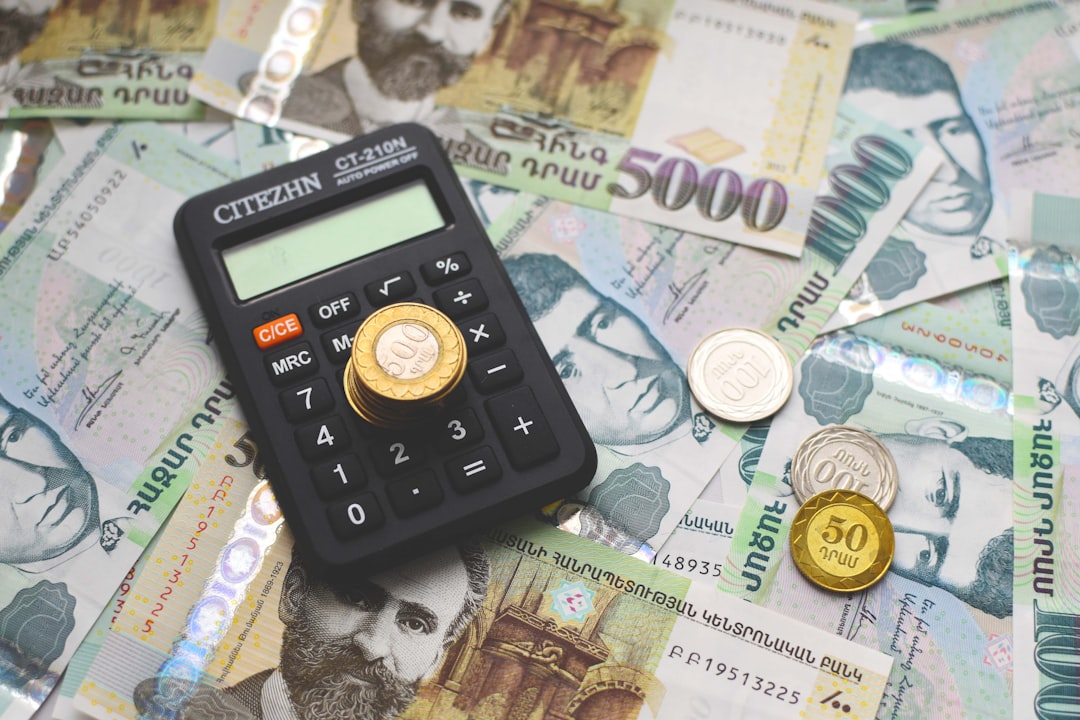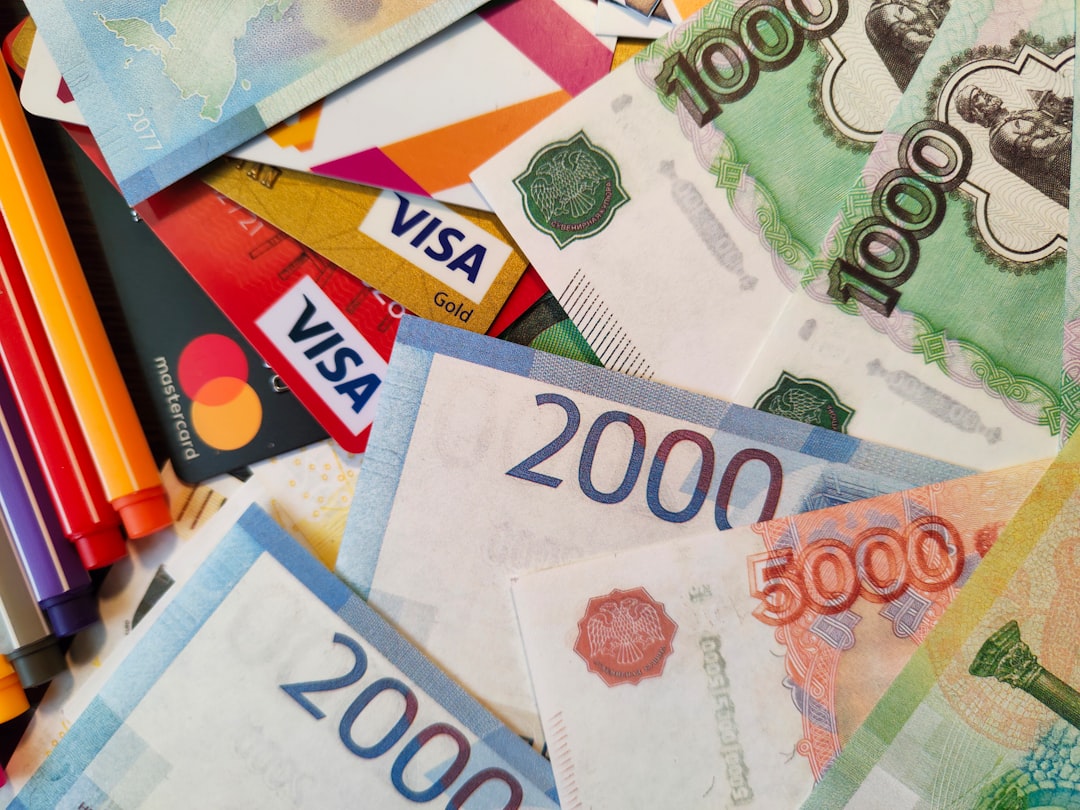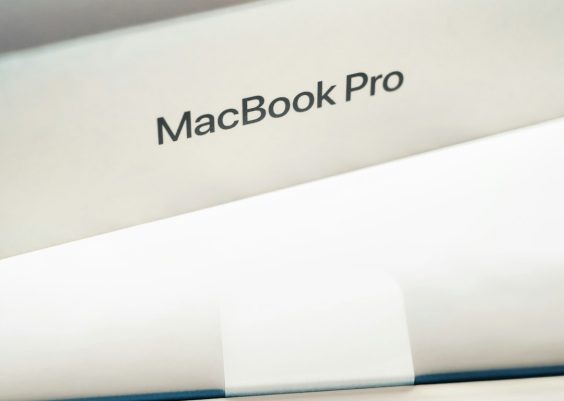Whether you’re a buyer requesting a refund or a seller handling a return, understanding how long PayPal refunds take to process can be crucial. PayPal is known for its convenience and security when it comes to online transactions, but many users are left wondering about the exact timeline of refunds. Several factors affect the speed of a PayPal refund, including the original payment method and the reason for the refund.
In this article, we’ll break down the process of PayPal refunds so you know what to expect. We’ll look at different scenarios, timelines for various payment methods, and tips to ensure a smooth and faster refund experience.
Understanding the PayPal Refund Process
When a refund is issued through PayPal, it’s not one-size-fits-all. The processing time can vary depending on multiple components. Here’s a simplified view of the process:
- Buyer’s side: The buyer initiates a refund request or the seller agrees to a return/refund.
- Seller’s action: The seller approves and initiates the refund transaction.
- PayPal’s involvement: PayPal processes the refund using the initial payment method used by the buyer.
Depending on the buyer’s original payment method (e.g., PayPal balance, bank account, debit/credit card), the length of time it takes for the money to reappear can differ significantly.
General Refund Timelines Based on Payment Method
PayPal outlines several average timelines for different refund scenarios. Below is a breakdown:
- PayPal Balance: If the payment was made using your PayPal balance, the refund is generally instant once the seller issues it.
- Bank Account: If you’ve paid through a linked bank account, the refund may take 3 to 5 business days to reflect.
- Debit or Credit Card: If the payment was made using a card, the money is refunded back to the card. This can take up to 30 days, although it’s typically faster, averaging about 5 to 10 business days.
- eCheck: Refunds from eChecks can take up to 7-10 business days, depending on the bank’s processing time and PayPal’s receipt of funds.

What Affects the Refund Timeframe?
There isn’t just one fixed timer running on every PayPal refund. Several variables determine how long a refund takes to process. These include:
1. Payment Method
As mentioned earlier, whether you used a balance, bank transfer, or card makes a difference. Bank policies and processing times may add delays if your source was a card or bank account.
2. Bank or Card Provider
Once PayPal processes a card refund, it’s up to your card provider to post the funds back to your account. Some providers are faster than others in completing this return.
3. Seller Refund Speed
PayPal can’t process a refund until it’s initiated by the seller. A delay on the seller’s end—due to approval periods, disputes, or stock return checks—can slow things down.
4. Dispute or Claim Involvement
If you opened a dispute or PayPal is mediating a claim between the buyer and the seller, the refund will only be processed once a decision is reached, which can take days or even weeks.
5. Weekends and Holidays
Refunds requested over the weekend or during public holidays may experience delays, especially if they involve bank transfers.
How to Check the Status of a Refund
If you’re anxiously waiting for your money to be returned, here are the steps to track the status of your refund:
- Log in to your PayPal account.
- Click on “Activity” at the top of the page.
- Find the original transaction associated with the refund.
- Click on the transaction to view more details, including refund status and expected date.
If the refund has been completed, PayPal will show a status of “Refunded“. If it’s still in progress, you’ll see a message indicating it. Sometimes, you may need to contact your bank or card issuer if the refund is complete on PayPal’s side but hasn’t hit your account yet.
Refunds for Canceled Payments or Unclaimed Funds
Another aspect of PayPal refunds is what happens if a payment is canceled or not claimed by the recipient. In such cases:
- Unclaimed Funds: If the recipient hasn’t accepted the payment within 30 days, PayPal automatically refunds it to the sender.
- Canceled Payments: If you cancel a payment before it’s been accepted, PayPal will return the funds through the original method used for the payment.
International Refunds
International refunds through PayPal can take slightly longer, primarily due to currency conversion and additional banking steps involved. PayPal automatically handles currency exchange, but your bank may also charge a fee or delay the dissipation of the refund due to cross-border verification procedures.

Tips to Speed Up Your Refund
While you can’t always control how fast a refund processes, here are a few tips to potentially reduce wait times:
- Use PayPal Balance: Making payments through your PayPal balance often results in quicker refunds.
- Avoid eChecks: Try not to use eChecks if you’re in a rush – they’re slower than other payment methods.
- Communicate with the Seller: Prompt communication allows sellers to initiate refunds faster.
- Check Your Details: Ensure that your card or bank account linked to PayPal is up-to-date to avoid hiccups in fund transfers.
When Should You Contact Support?
If it’s been more than 14 business days since your refund was issued and the funds still haven’t shown up in your account, it may be time to escalate the situation. Contact PayPal’s customer support through the Resolution Center or by phone. Be prepared with details like:
- Transaction ID
- Payment method used
- Date of original transaction
- Seller’s name and any relevant email communication
Conclusion
PayPal refunds are typically straightforward, but understanding the various timelines and processes can save you stress and confusion. Whether you’re a buyer or a seller, having clarity ensures that expectations are aligned and disputes are minimized.
In general, refunds to your PayPal balance are the fastest, while credit/debit cards and bank accounts may involve waiting several days. Being proactive—whether by choosing the fastest payment option or keeping open communication with involved parties—can go a long way in ensuring a smooth refund experience.
So next time you hit that “Request Refund” button, you’ll know exactly what happens next and how long it might take for your money to return.




